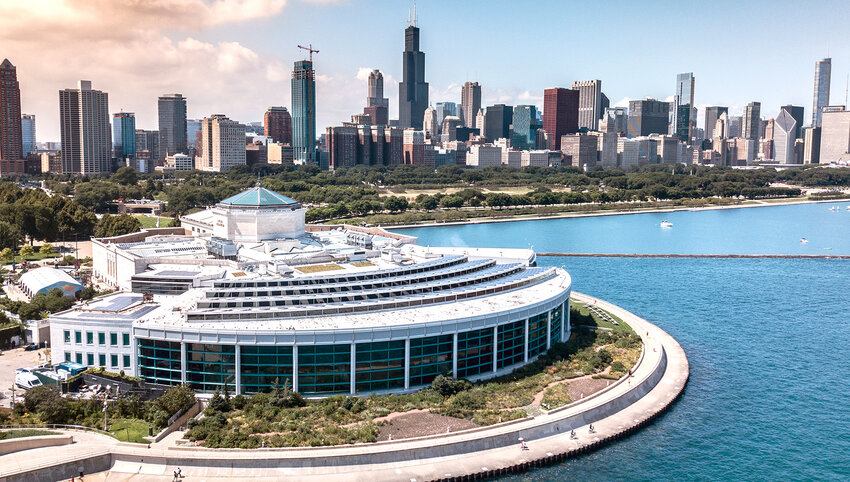Planning a trip to Chicago? You're probably already familiar with the city’s most iconic sights and top visitor attractions. But beyond the Skydeck at Willis Tower, Anish Kapoor’s Cloud Gate sculpture (aka The Bean) in Millennial Park, and the museums of the Magnificent Mile district, what else does the Windy City have to offer? Here are ten surprising reasons to visit Chicago that might help you add something a little less obvious to your itinerary.
Pullman National Historical Park

Pullman was a 19th-century planned industrial community, the vision of a sleeping car magnate named George Pullman. Pullman created an entire town alongside a factory that made railroad cars, believing it would give him the ability to attract, retain, and control his workforce. But his dream of an industrial utopia quickly turned into a nightmare. As demand for railroad cars slumped in the 1890s, Pullman lowered wages but left rents unchanged; labor unrest was inevitable. Learn the full story at the visitor center, housed in what was once the administration building, then take a self-guided walk through the town.
The 606
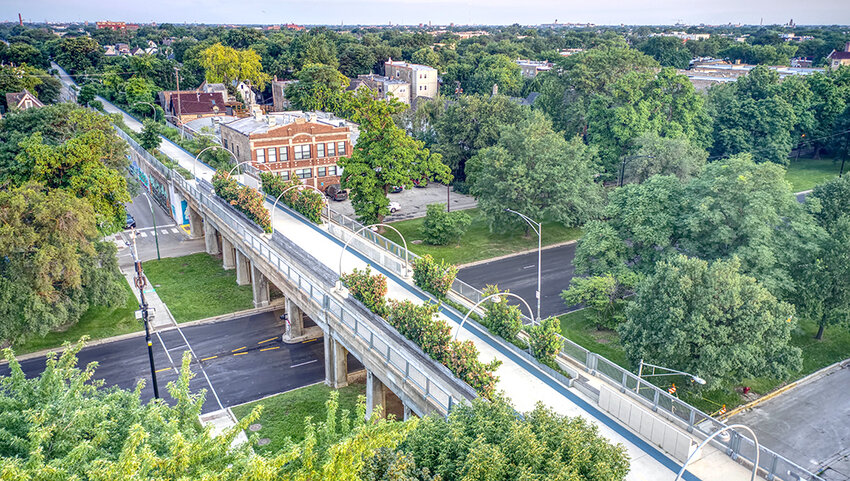
While New York City has the High Line, Chicago has the 606, which features the elevated Bloomingdale Trail. Cycle or walk along a 2.7-mile long path that revitalized a disused railway line to create a multi-use recreational trail linking the Logan Square, Bucktown, Humboldt Park, and Wicker Park neighborhoods. Four parks are connected by the trail at ground level. Among the highlights are the ConAgra Brands Mural by Jeff Zimmermann at Park 567 and the Exelon Observatory where you can watch the sunset or study the night sky.
Navy Pier

Take a ride on the Centennial Wheel at Navy Pier for a different perspective of the Chicago skyline. Constructed in 2016, this almost 200-foot tall wheel replaced a smaller one; its enclosed gondolas now allow year-round opening. On weekends, you can also enjoy a number of other fairground attractions, live music performances, theatre, dance, and art. In summer, fireworks displays are another reason to come, taking place twice a week from Memorial Day until Labor Day.
Lakeshore Beaches
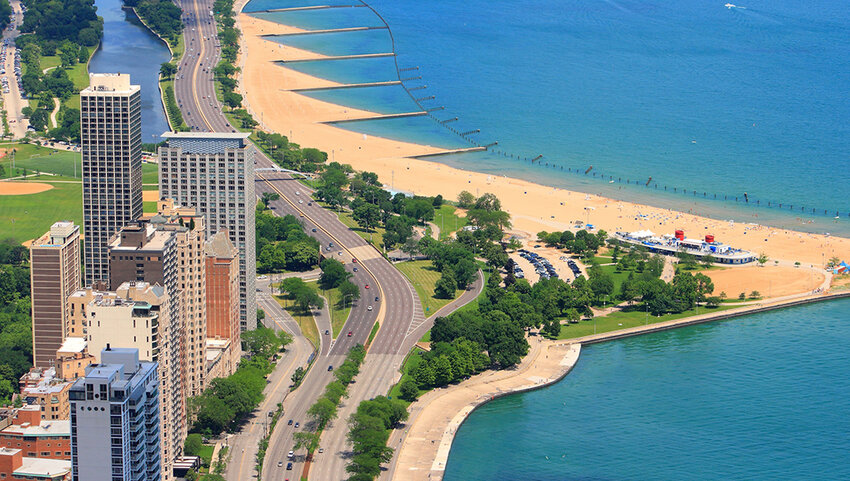
While Chicago is nowhere near the ocean, it does boast some impressive beaches along the shores of Lake Michigan. With more than 20 to choose from, there's a lakeshore for everyone, from lively urban playgrounds to dune-backed natural areas. North Avenue and 31st Street beaches are best if you’re active, with opportunities for water sports such as paddle boarding, jet skiing, and kayaking. South Shore and Oak Street beaches offer waterfront dining, and if you’re vacationing with your dog in tow, then check out Montrose Beach where your furry friend can run off-leash. Not sure where to begin? Rent a bike and cycle some of the 18-mile Lakefront Trail until you find one that appeals.
Garfield Park
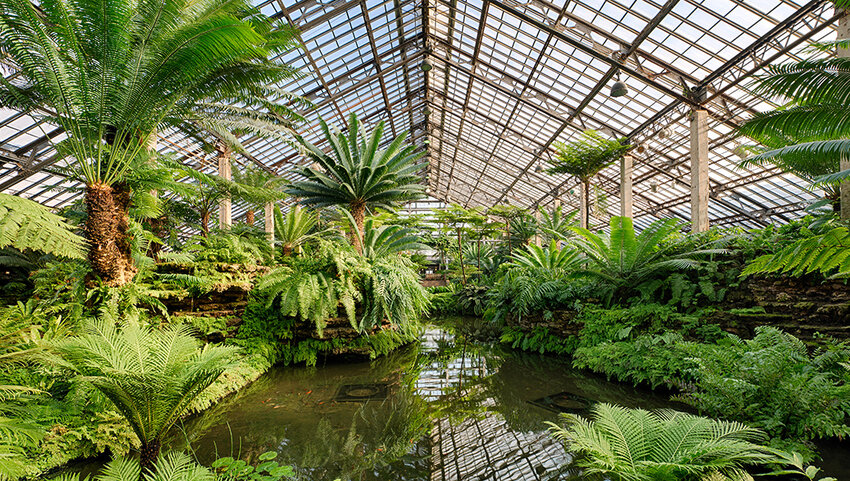
This green space boasts a number of attractions, including the Garfield Park Conservatory. This botanical garden houses a breathtaking array of colorful flowers and lush foliage under a century-old glass house, while a further 10 acres outdoors is also carefully tended. Check the event calendar to see what’s going on — the park hosts everything from yoga classes to Q&A sessions with a professional gardener. Garfield Fieldhouse, a five-minute walk away, is a fabulously ornate building constructed in Spanish Baroque style complete with a golden dome. No expense was spared on its interior, either, where you’ll find marble-clad walls and a terrazzo floor.
Frank Lloyd Wright’s Robie House

Acclaimed American architect Frank Lloyd Wright designed the Frederick C. Robie House in 1910, predating more famous examples of his work such as Fallingwater in Pennsylvania and New York’s Guggenheim Museum. There are many examples of his work in Chicago, but with its cantilevered roof, the Robie House is one of the most dramatic examples of Wright's Prairie School work. Originally a private home, today, it forms part of the University of Chicago campus. Public guided tours are offered which provide an in-depth look into the history, design, furnishings, restoration, and cultural significance of the building – a must for anyone with an interest in 20th-century architecture.
Shedd Aquarium
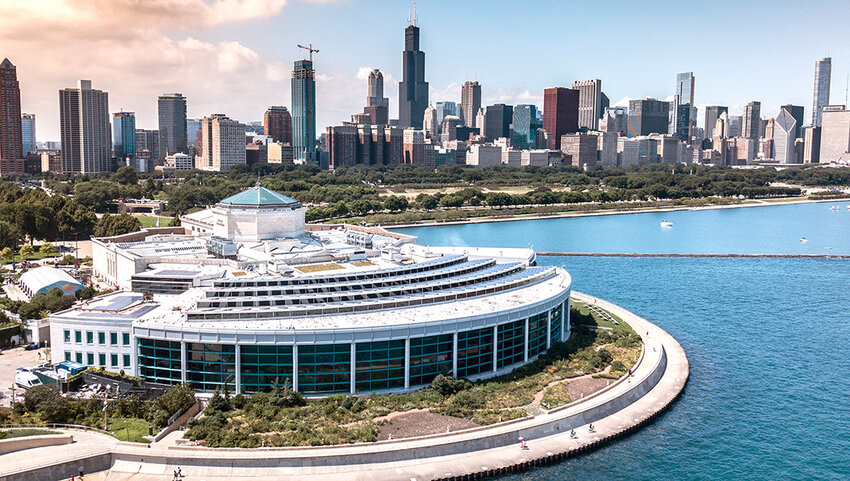
Shedd Aquarium is home to more than 1500 marine species, making this one of the most diverse collections of aquatic creatures not just in the U.S., but in the world. Watch playful sea otters as they roll around in the water, or pods of Pacific white-sided dolphins and cute Beluga whales. You’ll also see sharks, sting rays, sea turtles, jellyfish, and seahorses. Some of the creatures are rescues, such as a blind California sea lion that was rehomed here as a pup. Visitor donations also help to fund programs overseas, for instance enabling the aquarium to send a team to help rehabilitate abandoned penguin chicks in South Africa.
The National Museum of Mexican Art

You’ll find the National Museum of Mexican Art in Chicago’s Pilsen neighborhood. A permanent exhibit called Mexicanidad features the work of some of Mexico’s most successful artists alongside artifacts that explore various aspects of the country’s history. In addition, rotating displays shine the spotlight on artists such as Frida Kahlo or indigenous art. Paintings, photographs, textiles, and sculptures are all represented. Visit in October when the museum displays colorful ofrendas (altars) and Dia de los Muertos-themed art.
Street Art Murals

Chicago, like other major cities, is home to vibrant murals that display the extraordinary talent of local and international street artists. Though it’s possible to see them independently, taking a tour provides insightful commentary into the background of the artists and the reasons for their choice of subject matter. Book a spot on the Offbeat Street Art Tour and your guide will explain and celebrate the colorful murals you see on walls in Wicker Park, Bucktown, and Logan Square. The precise route varies as the city is a living gallery and artwork changes often.
Graceland Cemetery and Arboretum
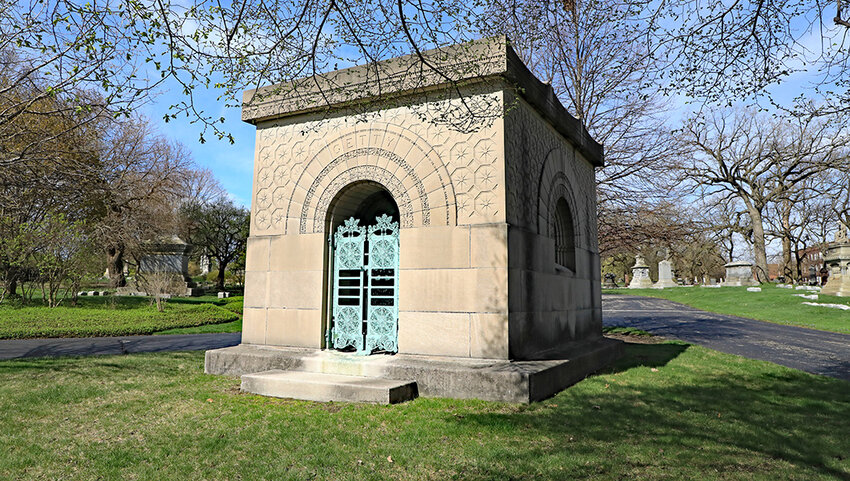
This oasis of calm on the north side of Chicago might seem an odd choice for visitors but with a sizeable lake and an abundance of trees, Graceland Cemetery feels like an urban park in places. But its graves provide a fascinating glimpse into Chicago’s most influential, prominent (and now deceased) citizens. Some tombs, including the Martin Ryerson Mausoleum, Getty Tomb, and the Schoenhofen Pyramid are of architectural merit in their own right. Others memorialize individuals who made significant contributions to Chicago – philanthropists, industrialists, architects, activists, mayors, writers, and sporting legends. Among them is the final resting place of Allan Pinkerton, founder of the national detective agency, who claimed to have foiled an 1861 assassination attempt on Abraham Lincoln. Pick up a free map on your way in to ensure you can pay your respects to those you admire the most.

